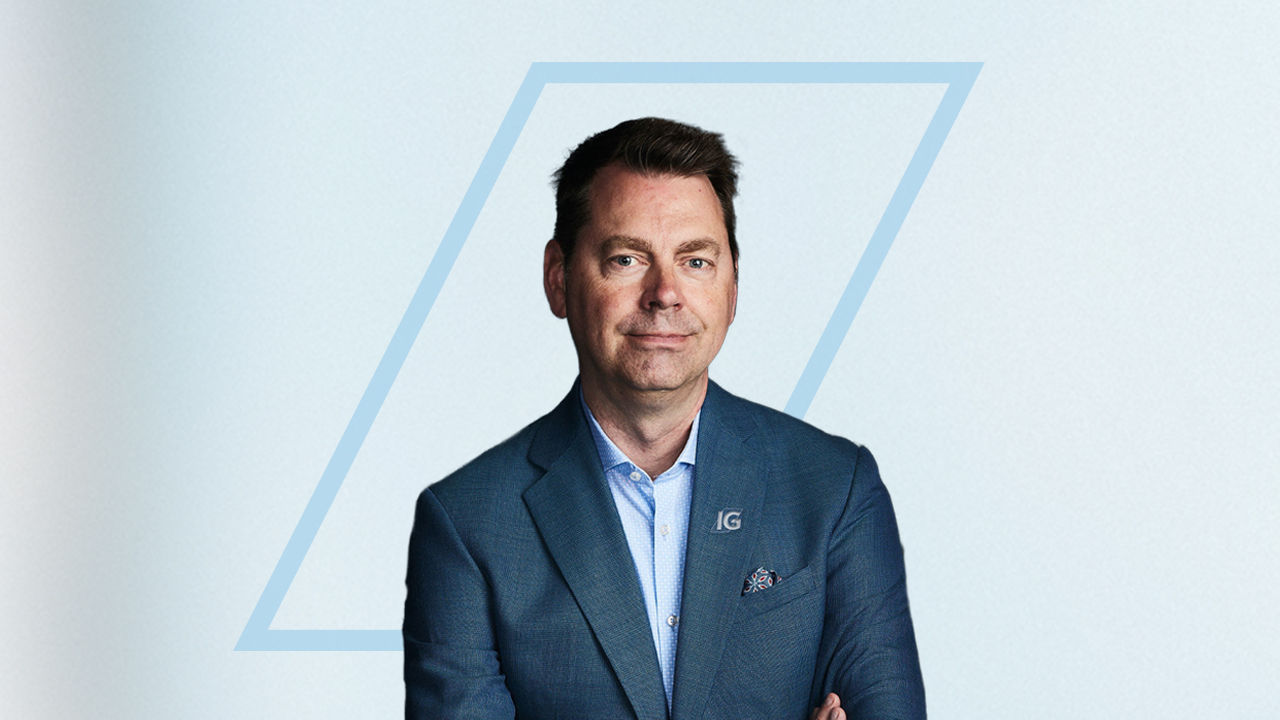As the March 1 RRSP deadline nears, many Canadians will, as they do every year, stash a last-minute lump-sum of cash into their retirement accounts. While it’s better to contribute before the deadline than not contribute at all, investing under pressure isn’t the best way to maximize your savings. “For a lot of a people, it’s a bit of a scramble at this time of year to make an RRSP contribution,” says Todd Sigurdson, IG Wealth Management’s Director of Tax and Estate Planning.
Your portfolio needs to model your stage in life. People in their 50s and 60s may need to be more conservative than younger investors.
Fortunately, RRSPs aren’t that complicated – you put money in, potentially receive a tax refund and then watch your savings grow until you need them in retirement. However, there are still some dos and don’ts that people need to keep in mind at the deadline and throughout the year.
Do automate contributions
Waiting until the RRSP deadlines can result in a variety of issues. Some people find it difficult to find the money to invest, and this can result in them foregoing a contribution altogether while others end up making a smaller contribution than they would like. Others end up rushing and simply writing a cheque without confirming their RRSP contribution room, which can result in an overcontribution and a subsequent financial penalty.
The best way to avoid the last minute cash stash is to set up automatic monthly withdrawals from your chequing account into your RRSP. That way, by the time the deadline arrives, you’ll have already reached your contribution limit. Investing regularly will also allow you to reap the benefits of dollar cost averaging.
Do pick a number
“Retirement looks different for everyone and it’s important to try and determine how it looks for you,” says Sigurdson. Each person should have their own savings goal in mind and put enough money away – in RRSPs, but also in TFSAs and non-registered accounts – to reach that goal.
Your number will depend on what you want out of retirement, adds Sigurdson. If you want to spend the cold months at your home in Florida, or plan on a lot of international travel, you’ll need more RRSPs and other savings than someone who wants a simpler retirement.
Also, add in things such as healthcare and caregiving costs for loved ones. “Other expenses will come up,” says Joel Kranc, author of Retirement Planning in 8 Easy Steps.
Don’t take out a loan if you don’t need to
Some people borrow money to top up their RRSPs. While that can work if you diligently pay back the loan within 12 months – and use the tax refund you receive to pay down the balance – it is a risk. You’ll have to pay interest on what you borrow and if something happens and you can’t pay it back quickly, then you could end up cancelling out the benefit of the loan, he says.
Don’t open more than one account
Some people have more than one RRSP account – and that can cause problems. It’s easy to lose track of where you put money when and that can lead to over-contributions. It can also be tricky to manage disparate investments come withdrawal time. “If you have investments in a number of different institutions it can be hard to keep track of everything and create a tax-efficient retirement income stream,” says Sigurdson. He suggests setting up one, well-diversified RRSP account. “Working with an advisor to create a diversified portfolio that matches your risk profile will help you achieve your retirement goal,” he says.
Do manage your investments
While RRSPs are meant for long-term savings, don’t take a set it and forget it approach to investing, says Kranc. For instance, as you get older you may want to put more money in fixed-income investments to ensure you’re not taking on too much risk. “Your portfolio needs to model your stage in life,” he says. “People in their 50s and 60s may need to be more conservative than younger investors.”
Whatever you do, you shouldn’t neglect your RRSPs. They’re not just a once-a-year investment tool, says Kranc. Invest regularly, work with an advisor to ensure your asset mix is appropriate and then watch your savings grow.
Speak to your IG Consultant to get the ball rolling: they can work with you to build a strategy that makes the most of your RRSP tax deductions. If you don’t have an IG Consultant, you can find one here.








